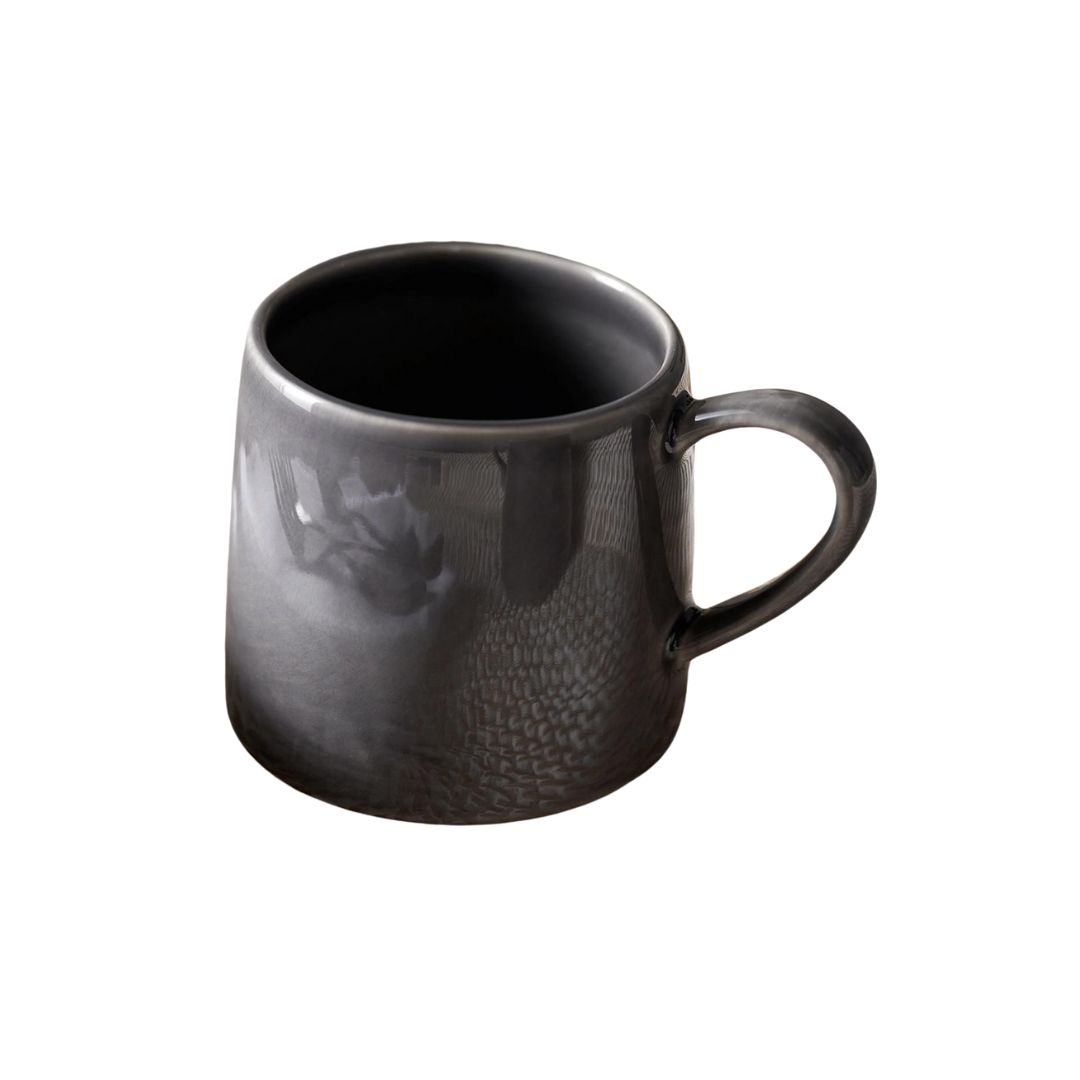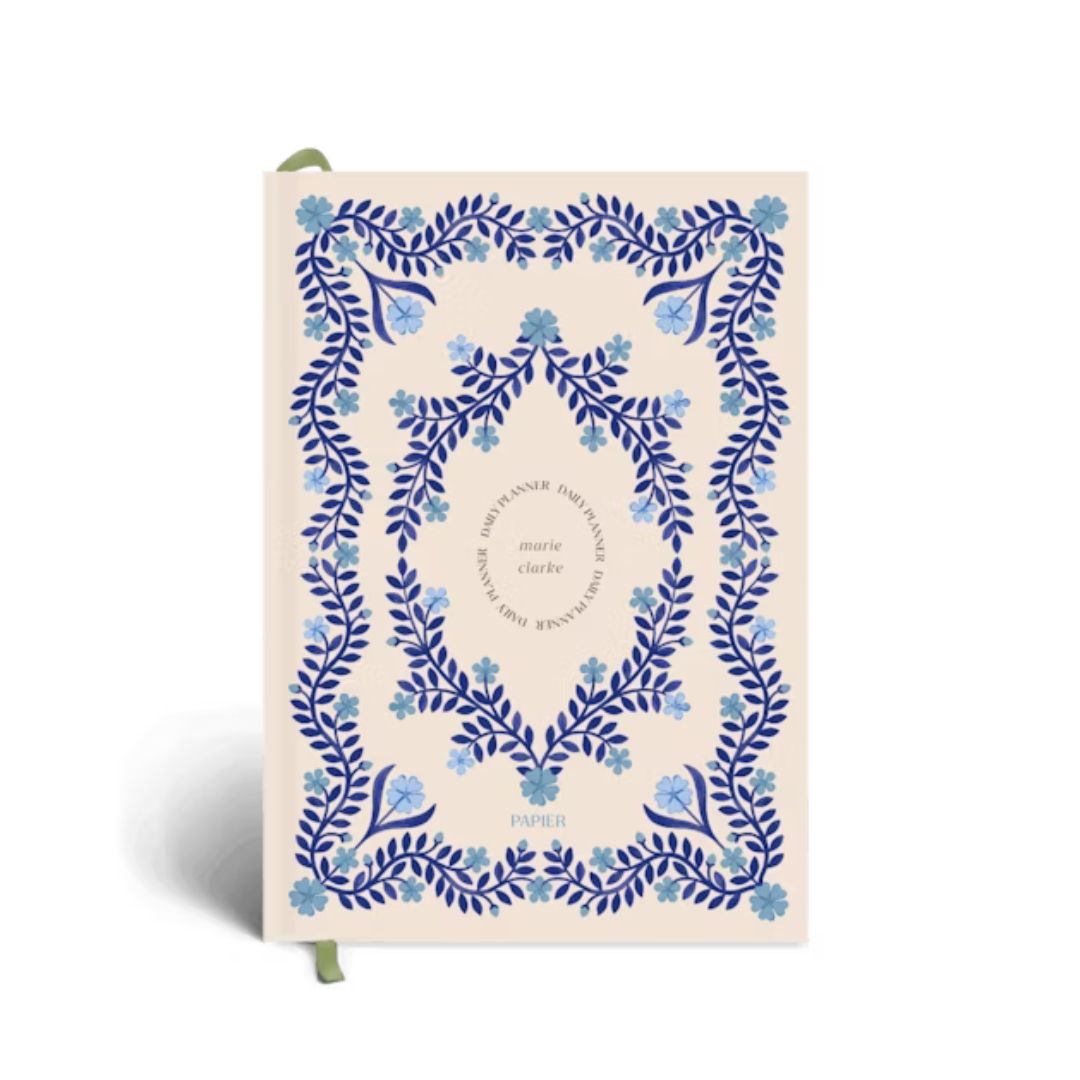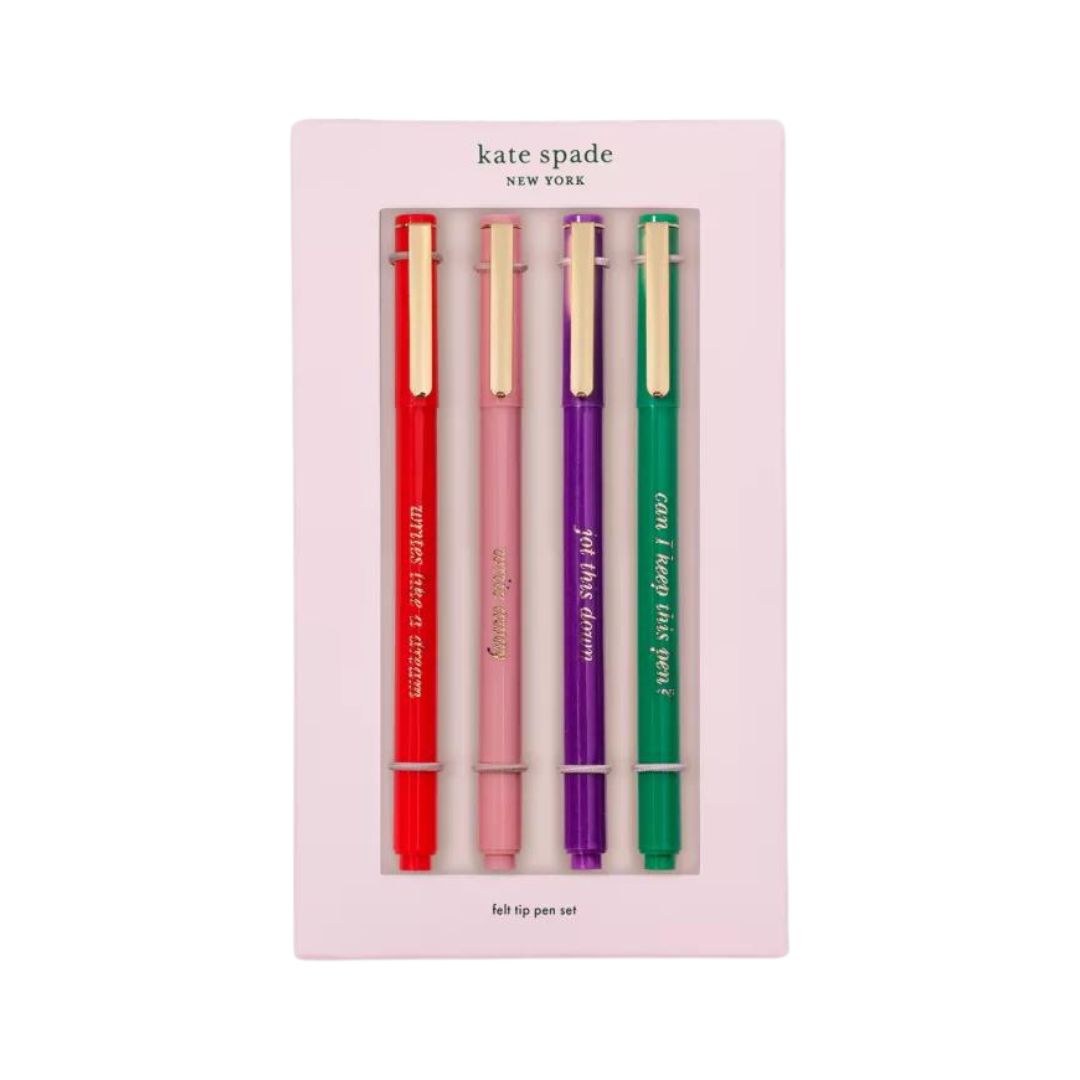I've been struggling to focus so tried the Pomodoro technique for a week - and it's been game-changing for my productivity and stress levels
Grab those timers.


I don’t know if it’s overwhelm, hormones or simply having too much on my plate, but I’m struggling to focus on one thing at a time, right now. Tasks that should only take a few minutes stretch on for days, my attention span is limited (to say the least), and I’ve never been so unproductive. Despite being bombarded with productivity hacks (mainly while doom-scrolling on social media), concentrating on the task at hand is proving elusive, whether that’s completing a piece of work, or even reading a book – my thoughts are constantly whirring.
And I know I’m not alone. Chatting with friends, it seems more of us than ever are finding it increasingly hard to focus our minds, with brain fog, tiredness and overwhelm all touted as culprits. Yet alongside this, we’ve never valued productivity so highly – let’s not even talk about the whole we-all-have-the-same-24-hours nonsense.
“Our society glorifies productivity and perpetuates the idea that women are natural multitaskers,” agrees counsellor Georgina Sturmer. “Many of us believe that we’re more productive if we are multitasking. But the reality is that being constantly on the go can become overwhelming, making it hard for us to switch off and focus on one thing at a time.”
So, when I heard about the Pomodoro technique – a time management method reported to reduce distractions and improve focus – it’s safe to say, I was very keen to give it a go. Would a week of time-blocking cure my penchant for procrastination? I had to find out.
If you’ve concentrated this far – congrats, and you might be interested to take a look at our guides to the best wellness journals and productivity planners, plus find out how one of our writers got on when she tried a neuroscientist’s top productivity tips.
I used the Pomodoro technique for a week - here's what happened to my productivity and stress levels
First things first, let me be clear: my aim here is not to buy into the productivity myth that is oft-perpetuated on the likes of Instagram. I have zero plans to wake up at 5am for a sunrise yoga class and nor do I want to plan my time with military precision – but I do want to, y’know, meet my work deadlines, have clean clothes, work out from time to time and sleep a bit (a lot) without feeling frazzled. Just normal, everyday stuff, nothing fancy here.
And this is why I think the Pomodoro technique could be just what I’ve been searching for. While I lust after pretty productivity journals and love an excuse to buy fancy new gadgets, none of that is needed here. All it takes is a timer and an open mind, and I’m good to go.
Celebrity news, beauty, fashion advice, and fascinating features, delivered straight to your inbox!
What is the Pomodoro technique?
Despite its exotic moniker (Pomodoro is Italian for tomato, FYI), the Pomodoro technique is super simple. Invented in the late 1980s by writer Francesco Cirillo, the technique is a time-blocking method where you work solidly and without distractions for 25-minute periods, followed by a five-minute break. Complete four of these half-hour sessions (or Pomodoros), and you’ve earned yourself a longer break.
The theory is that you’re far more likely to be able to concentrate for 25 minutes at a time than two hours straight – while any distractions (washing machine, your phone) can be checked after your session is up, allowing you to stay on top of life-admin, too.
What are the benefits of the Pomodoro technique?
If you’re super organised and have no issues tackling intense tasks with gusto, then firstly, who even are you, and secondly, how?
But it’s fair to say that the rest of us (most of us) could do with a gentle nudge in the right direction when it comes to maintaining concentration, especially when it comes to tasks that we aren’t so keen on (tax returns, I’m looking at you.)
1. It helps us to focus
“The Pomodoro technique is great for people who tend to put things off or find it hard to stay focused for long periods of time,” explains clinical psychologist, entrepreneur, and director at My Psychology Clinic, Dr Patapia Tzotzoli. “Working in brief bursts enables us to sustain high concentration levels, keeping our minds sharp and productive without becoming exhausted.”
2. It provides structure and predictability
Especially helpful when you’re working to deadlines, the technique also allows you to assess how long tasks really take – you might be surprised what you can achieve in a focussed 25-minute stint.
“I would advocate for any technique that gives us a sense that we are in control,” explains Sturmer. “The Pomodoro technique offers us a useful structure to feel more in control of our time, of our to-do list, of our personal and professional boundaries.”
3. It’s excellent for motivation
If you’re goal-orientated (and who isn’t?) then you’ll love this approach – proponents of the technique recommend marking down each time you complete a work cycle, enabling you to see exactly how much you’ve achieved.
“Finishing Pomodoros is a fantastic motivation boost,” agrees Dr Tzotzoli. “It gives us a sense of accomplishment and spurs us on to make further progress.”
How I got on trying the Pomodoro technique for a week
Armed with my phone timer and a lot of deadline-driven work, I was ready to start the challenge. Would a week of practising the method revolutionise my work ethic?
Days one to three
I’d love to say the first morning of the challenge saw me bounding out of bed, ready to start my timer – and while I did feel a little excited about it, I tried my hardest to procrastinate before I pressed start on my phone. But cup of tea made, candle lit and washing on, it was time to get to work.
I’ll be honest: I wasn’t expecting much. But I was blown away by how much I got done that morning – I sped through my work and was able to block out other distractions. Whereas usually, I’d focus for a while, intermittently scrolling on my phone or responding to emails, I simply ignored them, safe in the knowledge that I could check for any urgent ones in my five minute ‘break’.
And let’s face it, working from home means every time the washing machine/dishwasher/insert your preferred white good here pings, you feel obliged to go and sort it, playing havoc with productivity and flow. With three children and a dog, the washing in my house is a full-time job in itself, but guess what? Five minutes is the perfect amount of time to unload the dishwasher and pop a load of washing on.
By the end of the day, to say I felt accomplished would be an understatement – I literally felt unstoppable. Until 10pm, when I was suddenly exhausted – who knew being productive and organised would be so tiring?
Day two I was raring to go – no morning procrastination, which was a first. And the Pomodoros worked amazingly, yet again – despite the constant timers driving my husband slightly mad – and let’s just say, Siri and I are best friends, at this point.
But after another evening of counting the minutes till bedtime (even more than usual), I was a bit concerned that I might have been running on adrenaline during the day, meaning my fight-or-flight instinct was constantly on.
And this is something that the experts do caution against – the drawbacks of the method include a risk of overworking, and constantly racing against the clock to achieve can set our stress levels soaring. “If we have a tendency towards perfectionism or workaholism, then this technique could play a role in fuelling an obsession with control, work and productivity,” cautions Sturmer. “If we are scheduling time to be productive, then we might find it hard to cope if we don’t deliver on a perfect ‘productive’ outcome during our allotted time slot. This might leave us feeling stressed or anxious, which can lead towards burnout if left unchecked.”
But the beauty of the technique is that, while the suggested time blocks are 25 and five, this isn’t set in stone. “Individuals can change the duration of the Pomodoro and breaks to better suit their style and rhythm,” advises Dr Patapia. “There are also numerous apps that can help you to use the technique, but don’t forget to take a longer break of 15-30 minutes after four Pomodoros.”
Days four to seven
By day four, I was channelling my inner organisational goddess (usually found flitting from task to task) and the house was tidier, I felt more on top of my life admin, and while I wasn’t ahead of myself, workwise, I was certainly in a better position than usual – I’m taking that as a win.
And I’ve worked out that I can work a little longer than 25 minutes, so I’ve tweaked my increments to half an hour blocks, with a 10 minute break (allowing me to tick a few more chores off in between focussed working).
Safe to say, I’ve never been so productive. But it’s important to remember to take the breaks and not be tempted (as I was) to carry on working – some people struggle with this, thinking it will interrupt their flow, but I actually found forcing myself to walk away from my desk for 10 minutes was super helpful – plus, I definitely upped my step count!
But the experts are clear that, tempting though it might be, you shouldn’t use your breaks to second screen.
“It’s very important to use your five- or 10-minute break times to move away from your computer,” agrees leadership and executive coach Sarah Wheeler. “Try to stand up and move around, rather than replying to emails or scrolling online.”
Will I continue using the technique? Absolutely – it’s been a game-changer for me. With a few modification and cautions (don’t over-schedule and organise – you’re allowed to rest too!), it’s worked really well for me, and generally I feel less stressed and more on top of things.
While it may not be for everyone, allowing myself the space to let everything else go for half an hour and properly concentrate – whether that’s on work or more mundane jobs such as putting the washing away - has not only made me feel more productive, but it’s also made me less inclined to scroll on my phone as often – and that can only be a good thing.
Shop MC UK's go-to productivity products

We don't know about you, but our mornings don't start until we've got a cup of tea or coffee on the go - and this timeless design from The White Company is ideal for wrapping your hands around. Made from Portugeuse clay in a warm charcoal grey hue, it's style and substance.

Anna Bartter is a freelance journalist who writes about health, fitness and women's lifestyle for publications including Stylist, Metro and Psychologies, among others.
She's always on a quest to find a variety of fun and functional workouts that give you the most bang for your workout buck and she's passionate about championing movement for everyone's mental and physical wellbeing.

